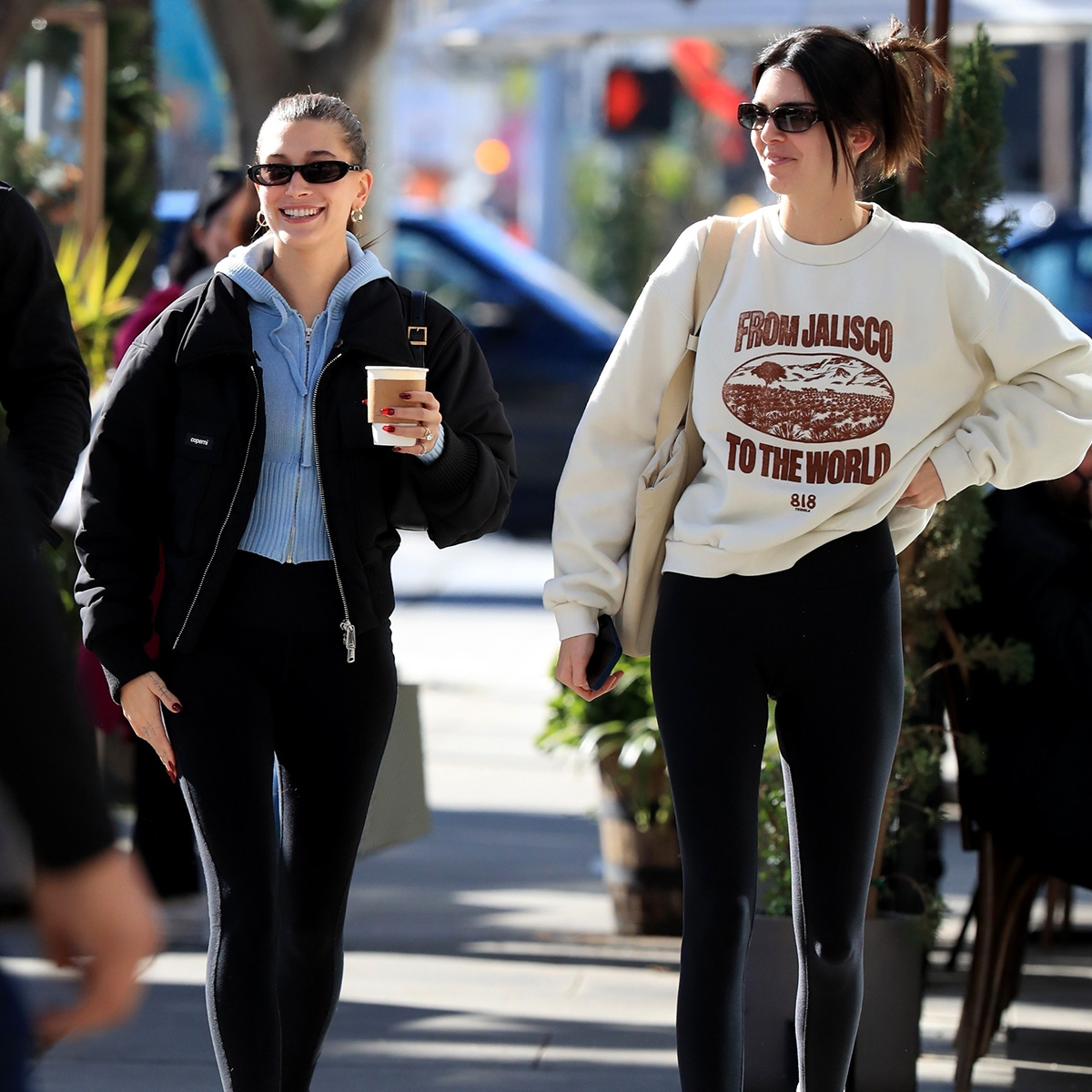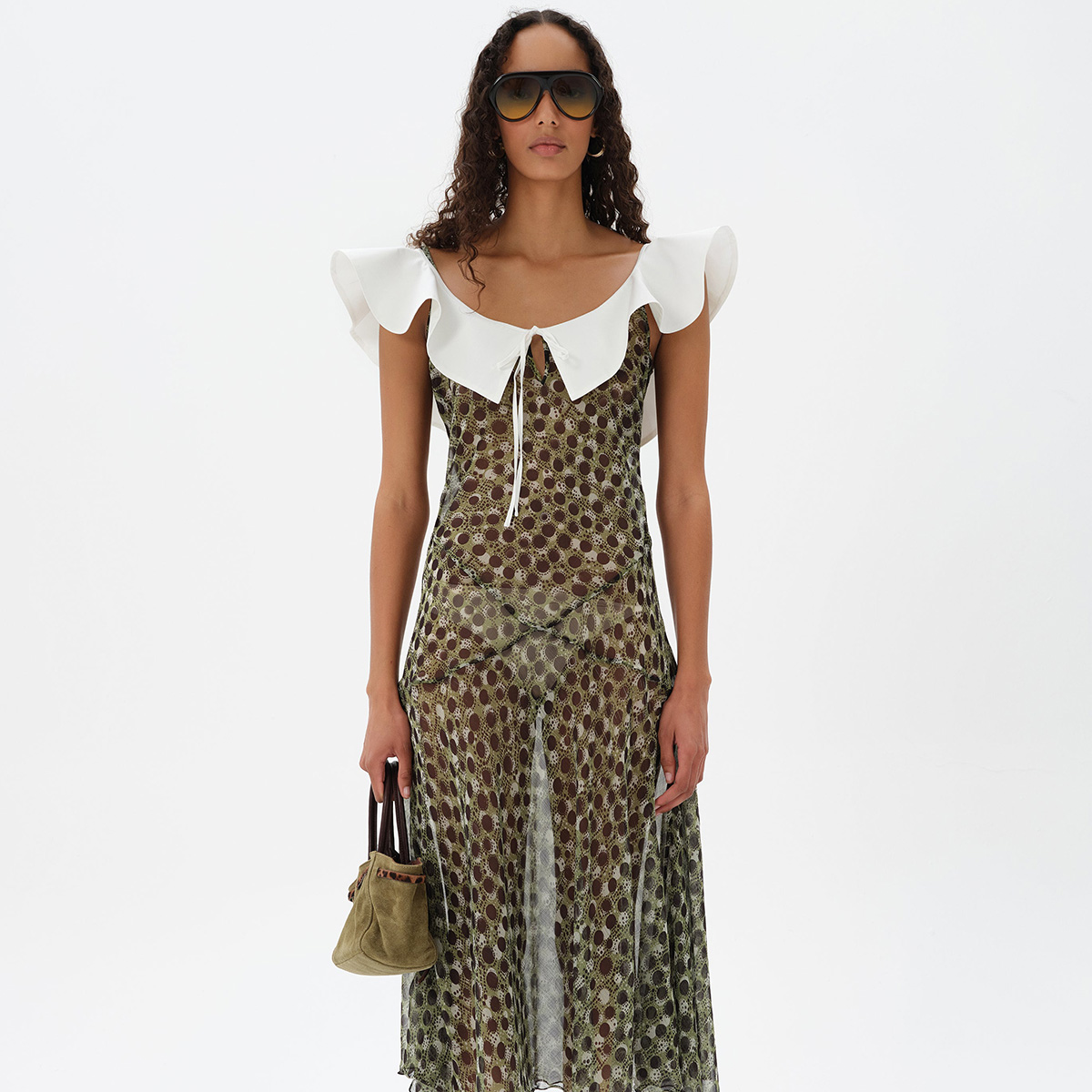Save the Earth, But Make It Fashion: Gen Z's Secondhand Shopping, Explained
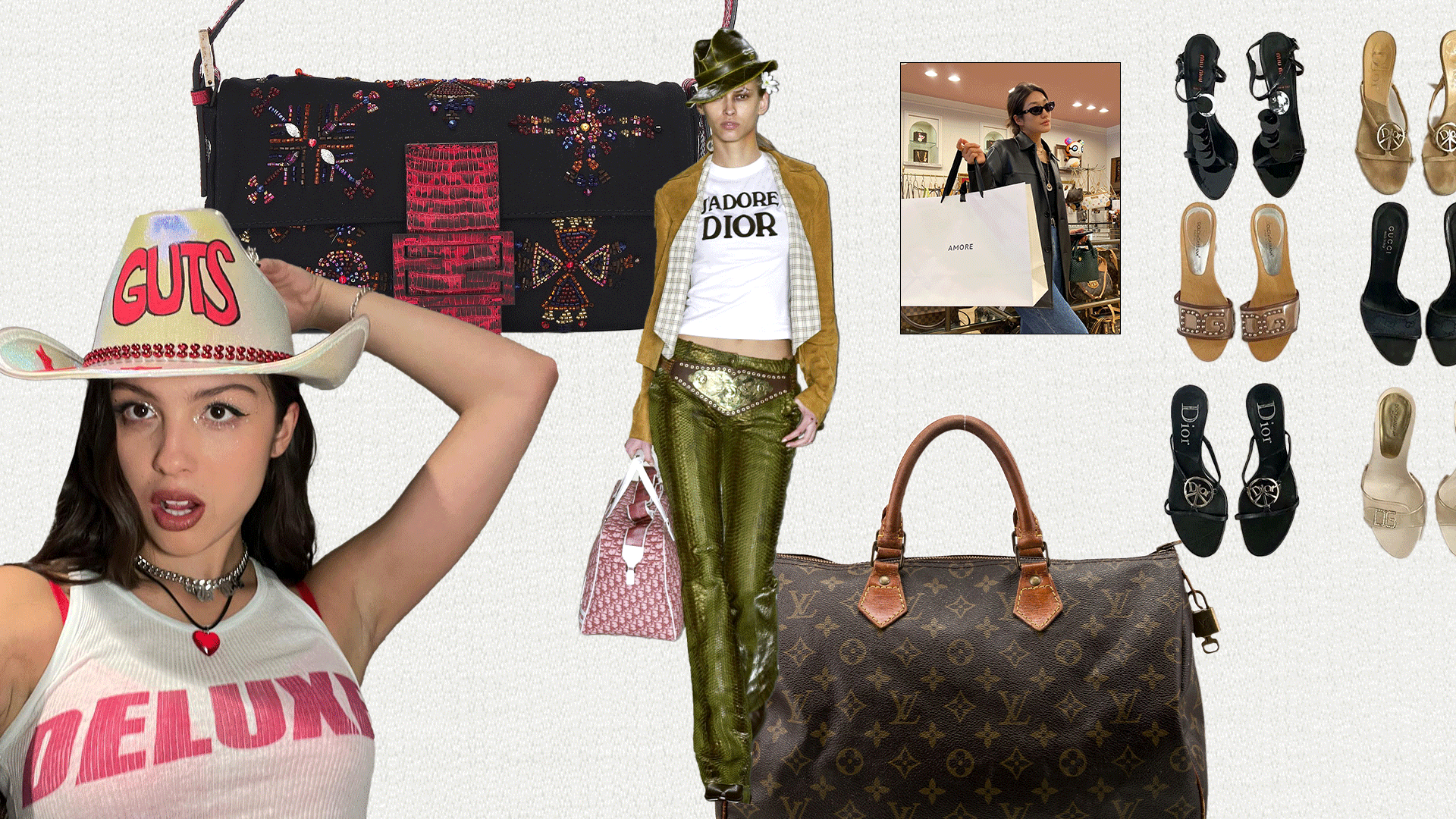
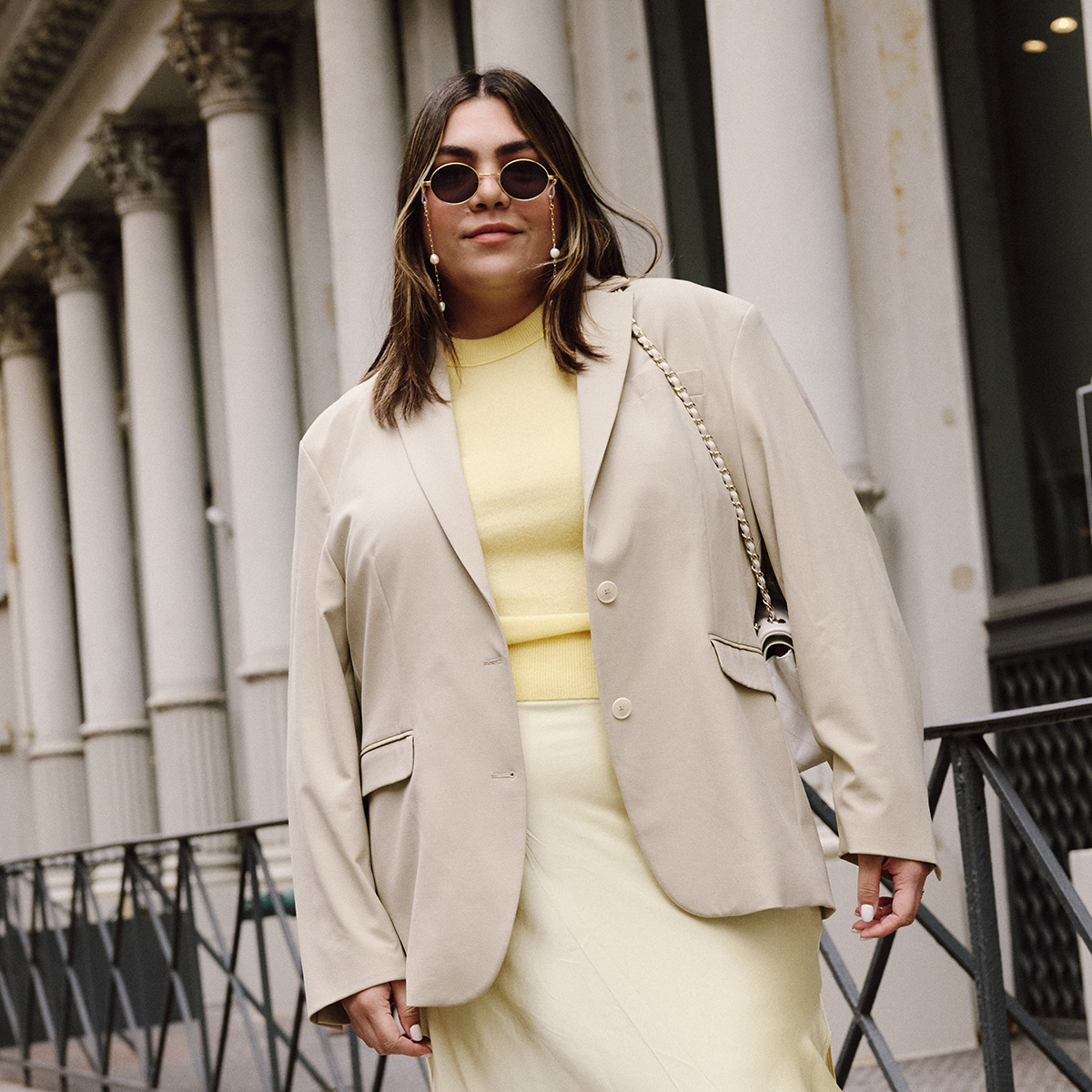
Gen Z Says is a bimonthly column chronicling the latest trends in the fashion-and-beauty space through the lens of Who What Wear’s own Gen Z editors. Expect a download on the upcoming class of tastemakers, emerging designers, and shopping and style choices straight from the generation setting the trends.
Sustainability in 2025? It’s complicated—especially when we’re talking about Gen Z. On one hand, the younger generation gets it. Gen Z is more conscious than ever of the perils of overconsumption, climate change, and questionable factory conditions for garment workers. For the sub-27 cohort, being sustainable isn't just about being eco-friendly—it's about the perception of cool that comes along with it: thrifting trips, vintage designer, and metallic straws.
On the other hand, it feels hypocritical to tout sustainability as the number one thing on Gen Z's mind. They are the biggest consumers of hyper-fast fashion, according to The Fashion Law. When the trend cycle moves at lightning speed and we convince ourselves that $12 going-out tops are completely normal, Gen Z, like it or not, is responsible for alarming rates of clothing waste. It’s a paradox that defines Gen Z’s relationship with fashion—they want to do better but are operating within a system that makes it hard.
Not all is lost, though. According to ThredUp’s 2025 Resale Report, the global secondhand market is set to reach $367 billion by 2029, and nearly 68% of buyers are between the ages of 18 and 44.
So we asked ourselves—and our readers: How do you actually shop sustainably in a world that feels designed to do the exact opposite?
Below, read our full 2025 secondhand shopping report on the heels of Earth Month.
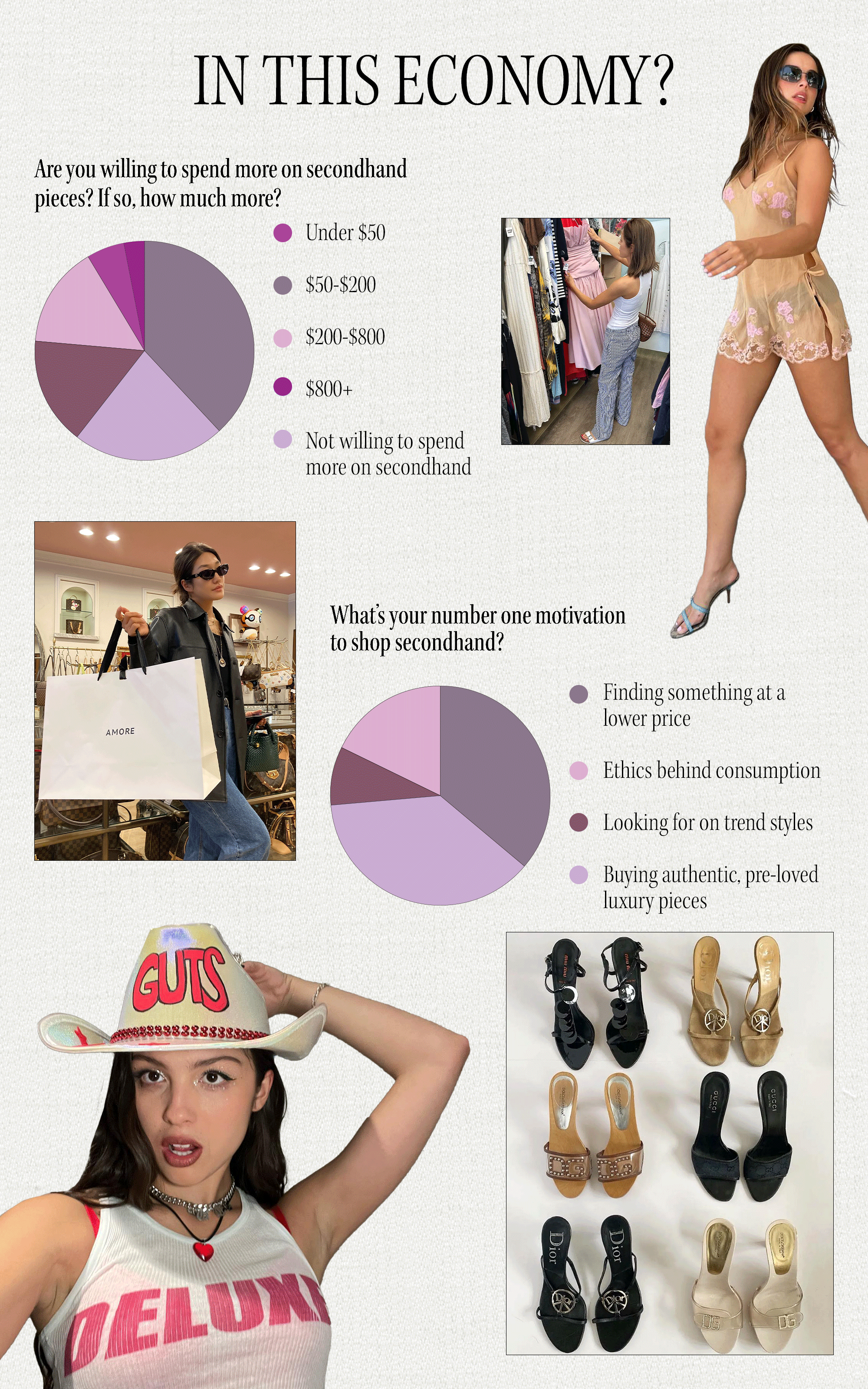
Today’s fashion-and-retail industry feels more fragmented than ever. Independent brands are shutting down, rents are soaring, and the cost of goods has skyrocketed. A report from The Wall Street Journal notes that many luxury labels have priced themselves well beyond the reach of most consumers. For those buying online, luxury goods saw a 64% price increase between 2019 and 2024.
For Gen Z—many of whom are just entering the workforce in an unstable economy—covering basic expenses like groceries often takes priority over splurging on a designer handbag. In our recent survey, respondents ranked affordability as the second most common reason for shopping secondhand, right after the desire to purchase authentic, pre-loved luxury items. For younger shoppers uninterested in vintage Louis Vuitton, price is the top motivator when turning to platforms like Depop, Poshmark, or eBay for contemporary fashion.
"Everything has gotten so expensive but the quality has gotten worse," one Gen Z respondent shared. "Buying secondhand ensures me clothes that live longer for cheaper prices." According to our survey, about 45% of Gen Z respondents said they're willing to spend between $50 and $200 more on a secondhand piece than a retail one, with some seeing it as an investment.
The tension between rising costs of clothing and declining quality (whether it be cheaper fabrics or poor construction) is one that Gen Z is increasingly aware of. "Everything is made so quickly and poorly that the integrity of fabric choice, seam strength, garment pattern, and fit go out the window," explains another Gen Z respondent. "I look to consignment or thrift stores to find those diamond-in-the-rough, pre-loved pieces that (hopefully) have a reasonable price point and also have the quality that I'm looking for." If they can't find those diamond-in-the-rough pieces, Gen Z does turn toward the current retail market to find closet fillers. Most notably, the number one item Gen Z buys new, regardless of price, is shoes, followed by undergarments and lingerie, according to our survey.
Sustainability is also playing a major role: Nearly half of all survey respondents said environmental concerns influence their decision to shop secondhand. Many cited growing unease with overconsumption and the exploitation of garment workers by fast-fashion brands. According to peer-to-peer resale marketplace Depop, 75% of users buy secondhand to cut back on consumption—while nearly 65% are motivated by lower costs.
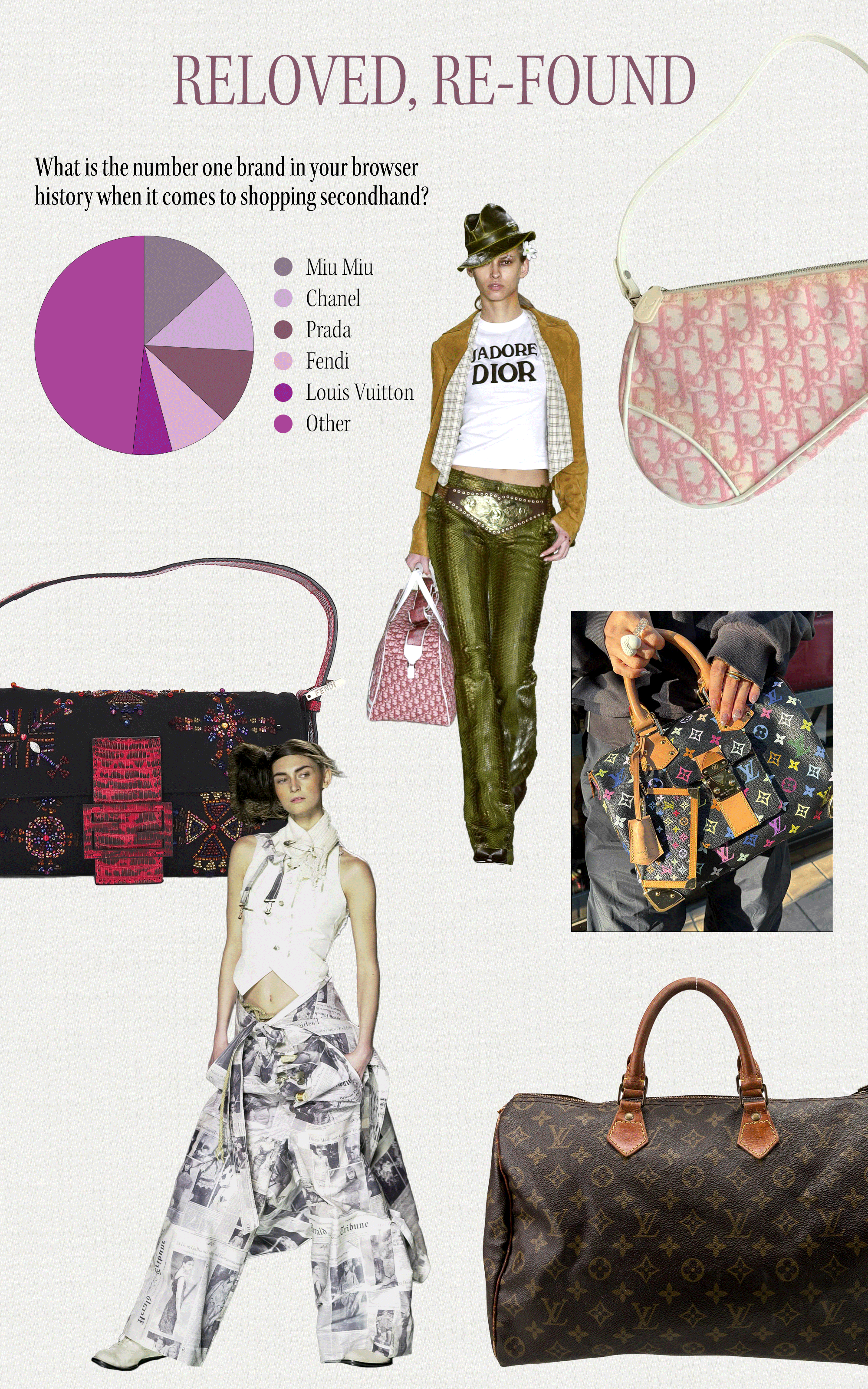
As a Gen Z editor, I can confidently say our generation has a deep-rooted obsession with all things vintage. While we’re undeniably among the biggest consumers of fast fashion, our desire to feel unique, original, and nostalgic plays a huge role in how—and why—we shop. With the constant churn of TikTok trends, Y2K aesthetics, and endless “core” fashion variations shaping our daily choices, it’s no surprise that many respondents in our survey cited the desire to find vintage, pre-loved luxury items as a primary reason for shopping secondhand.
"Vintage Y2K continues to be a top trend within our community, but more recently we are seeing the resurgence of the 2010 era—leaning into indie sleaze, statement accessories, and structured blazers," confirmed Steve Dool, brand marketing and communications senior director at Depop. The number one searched item on the platform among Gen Z is "Vintage T-Shirt" (increased by nearly 89% in the last six months alone). If that isn't a confirmation that Gen Z is looking for beauty in the old, I don't know what is.
When asked what they struggle to find new, dozens pointed to the irreplaceability of vintage pieces, highlighting another reason secondhand fashion continues to thrive. "Rare vintage finds [are so enticing]," wrote one responder. "Just purchased a Gucci Jackie bag by Tom Ford secondhand and couldn’t be more excited. Anything from the 90s/early 2000s is to die for."
This generational love affair with vintage may be driven by a number of things: nostalgia for a pre–social media world, an appreciation for craftsmanship that’s often missing in today’s mass production, and the desire to stand out in an algorithm-fed fashion cycle that seems to repeat faster than ever. Gen Z consumers are curating their identities more visually than any generation before, and the distinctiveness of a vintage designer piece offers a kind of sartorial time capsule that’s nearly impossible to replicate.
According to Noelle Sciacca, the associate director of fashion and strategic partnerships at The RealReal, Gucci ranks as the most purchased luxury brand among Gen Z shoppers on The RealReal. “The iconic Italian label accounts for 5% of total Gen Z sales on the platform versus 4% of purchases made by millennials and Gen X,” Sciacca noted. “In contrast, Gen Z consumers show less interest in Hermès, with the brand comprising just 4% of their purchases, compared to 6% among millennials and Gen X.”
Our survey also revealed that Miu Miu is the number one brand to buy secondhand for Gen Z shoppers, with Chanel coming in close second. When asked about saving for aspirational secondhand purchases, nearly two-thirds of respondents mentioned luxury heritage handbags—such as a vintage Chanel Classic Flap bag with real gold hardware, a ’90s-style Fendi Zucca Baguette, or an original Chloé Paddington bag.
In a landscape where trends evolve rapidly and self-expression is everything, vintage luxury offers Gen Z something that fast fashion can't: authenticity, individuality, and a direct line to the legacy of style icons who came before them.
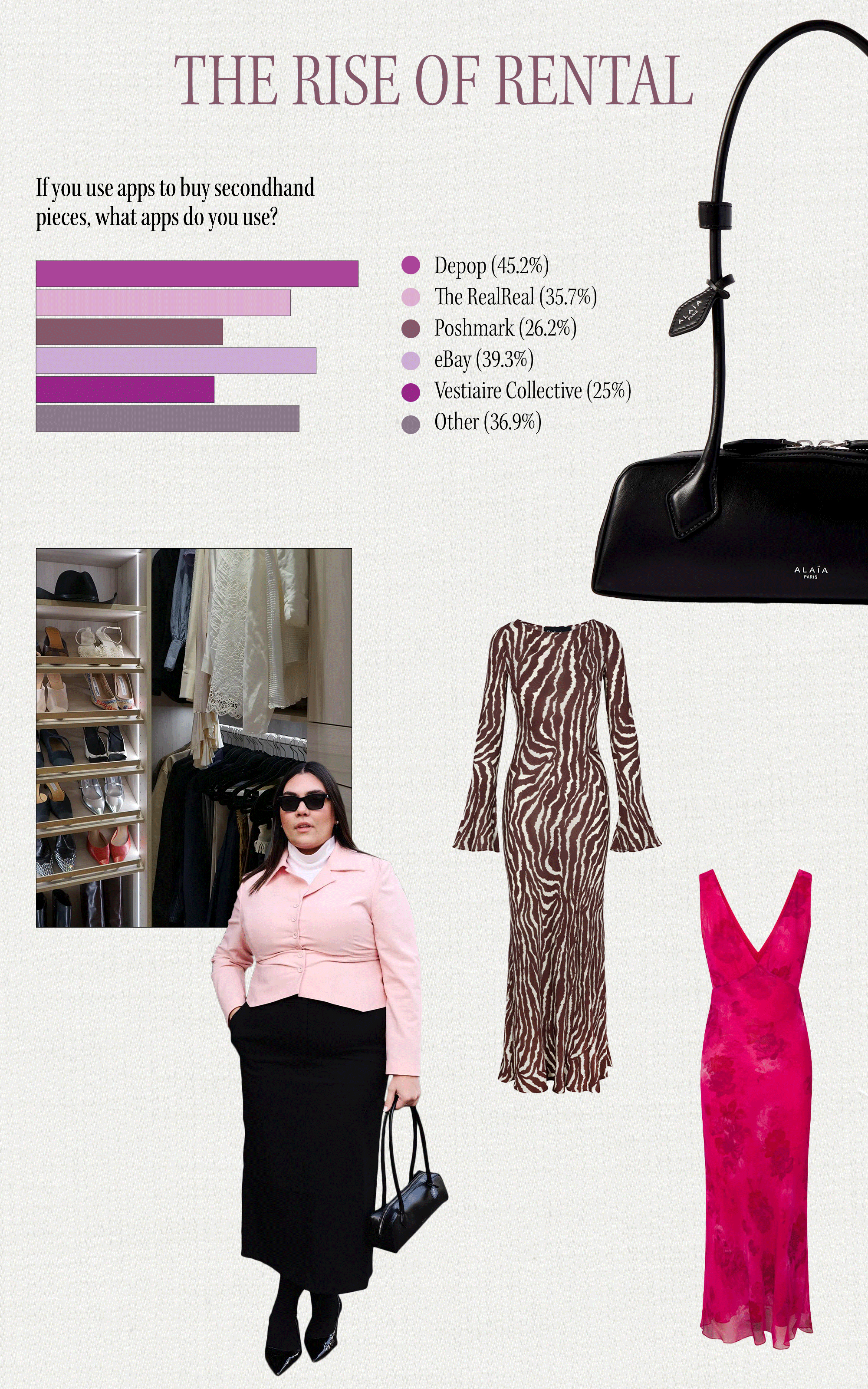
While the majority of Gen Z shops in-person at vintage, consignment, or thrift stores, digital marketplaces and apps are still nearly half of the sub-27 crowd's go-to for secondhand shopping, according to our survey. Depop is the most-used app among respondents, followed by eBay and The RealReal.
When buying isn't in your budget, Gen Zers (and, yes, even some millennials) are leading the charge in a new kind of sustainable consumption: clothing-rental apps. In 2024, Forbes reported that clothing-rental apps like the Urban Outfitters–owned company Nuuly and Rent the Runway saw surges in popularity.
For those craving a more personal connection similar to other peer-to-peer marketplace platforms, clothing-rental platform Pickle feels like a breath of fresh air in rethinking sustainability. Similar to Airbnb, Pickle users have the ability to rent out personal items (in Pickle's case, clothing items and handbags) to users to borrow for special events like birthdays, weddings, and bachelorettes. The application, which is available worldwide but has large hubs in New York and Los Angeles, features over 200,000 items available to rent spanning over 2000 brands, according to co-founder Julia O'Mara.
"The rental aspect [of Pickle] allows you to be able to wear some of these really high-quality items that are retailing for about $400 or $500 [without] having to justify that purchase. You're able to borrow that piece for about 10% to 20% of the retail value, and it's much more accessible," O'Mara explained to Who What Wear, nodding to price being a major factor influencing Gen Z's decisions to use the app. "If people understand that [Pickle] is something where you now have access to all these items that are in your community, you don't need to go and overconsume or buy fast fashion."
Beyond affordability, what resonates most with Gen Z is the feeling of collective ownership and shared experience. Renting from someone in your city—often someone who shares your style or taste—feels more authentic than buying a mass-produced outfit from a global retailer. It transforms fashion from a solitary activity into something social, sustainable, and community-driven.

Ana Escalante is an award-winning journalist and Gen Z editor known for her sharp takes on fashion and culture. She’s covered everything from Copenhagen Fashion Week to Roe v. Wade protests as the Editorial Assistant at Glamour after earning her journalism degree at the University of Florida in 2021. At Who What Wear, Ana mixes wit with unapologetic commentary in long-form fashion and beauty content, creating pieces that resonate with a digital-first generation. If it’s smart, snarky, and unexpected, chances are her name’s on it.
-
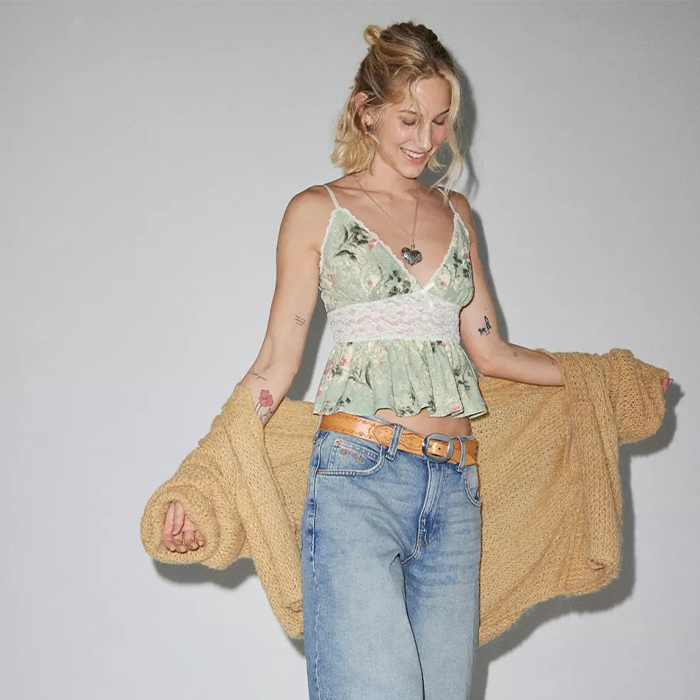 My Sister's Her Early Twenties—31 Chic Urban Outfitters and Free People Items I Recommended
My Sister's Her Early Twenties—31 Chic Urban Outfitters and Free People Items I RecommendedGen Z–approved picks.
By Chichi Offor
-
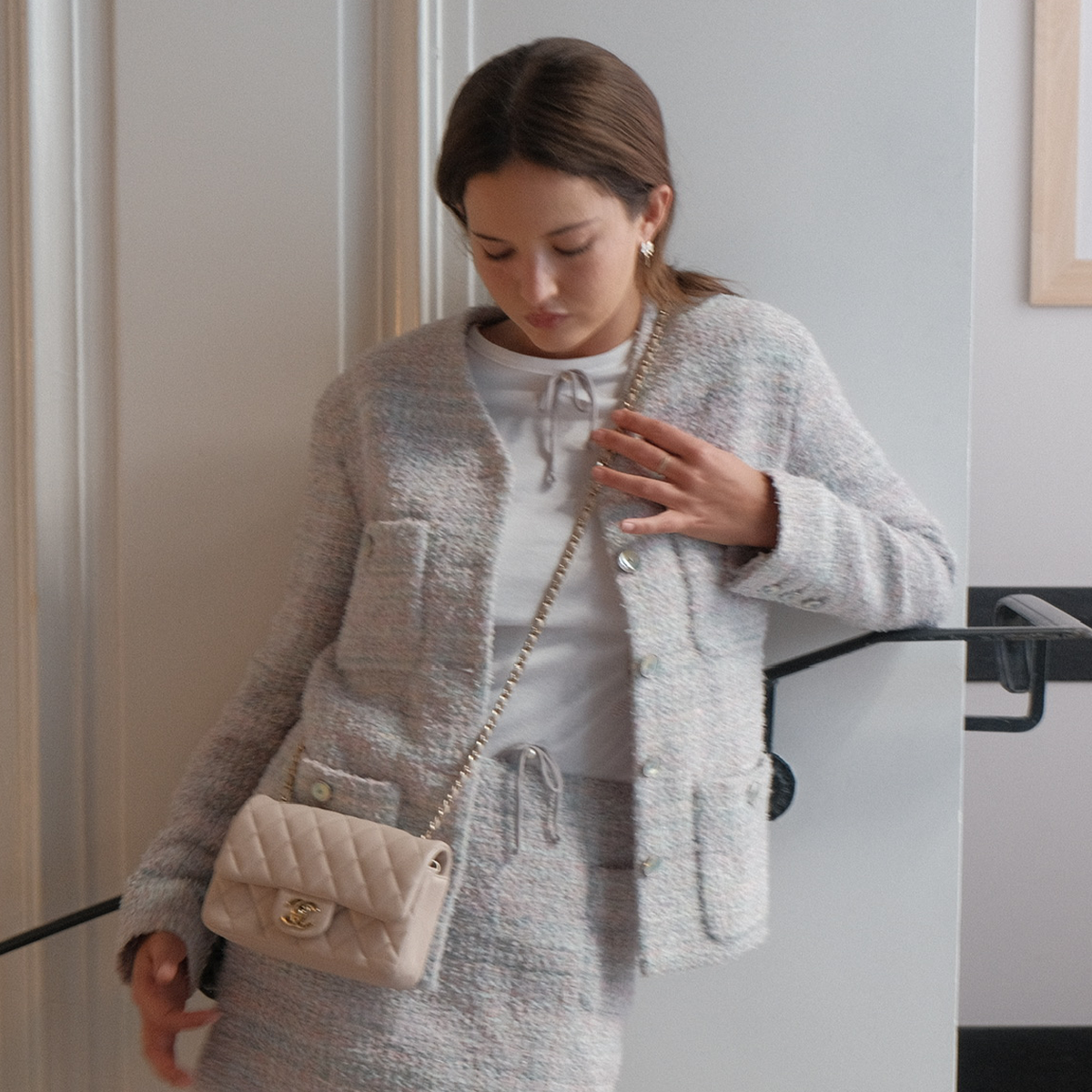 Ruby Lyn Is Channeling Her Inner Chanel Girl at Paris Fashion Week
Ruby Lyn Is Channeling Her Inner Chanel Girl at Paris Fashion WeekGet ready with the Gen Z icon for Paris Fashion Week.
By Ana Escalante
-
 Kate Middleton Just Resurrected the Once-Forgotten Trend She Last Wore in 2007
Kate Middleton Just Resurrected the Once-Forgotten Trend She Last Wore in 2007It's as chic as ever.
By Drew Elovitz
-
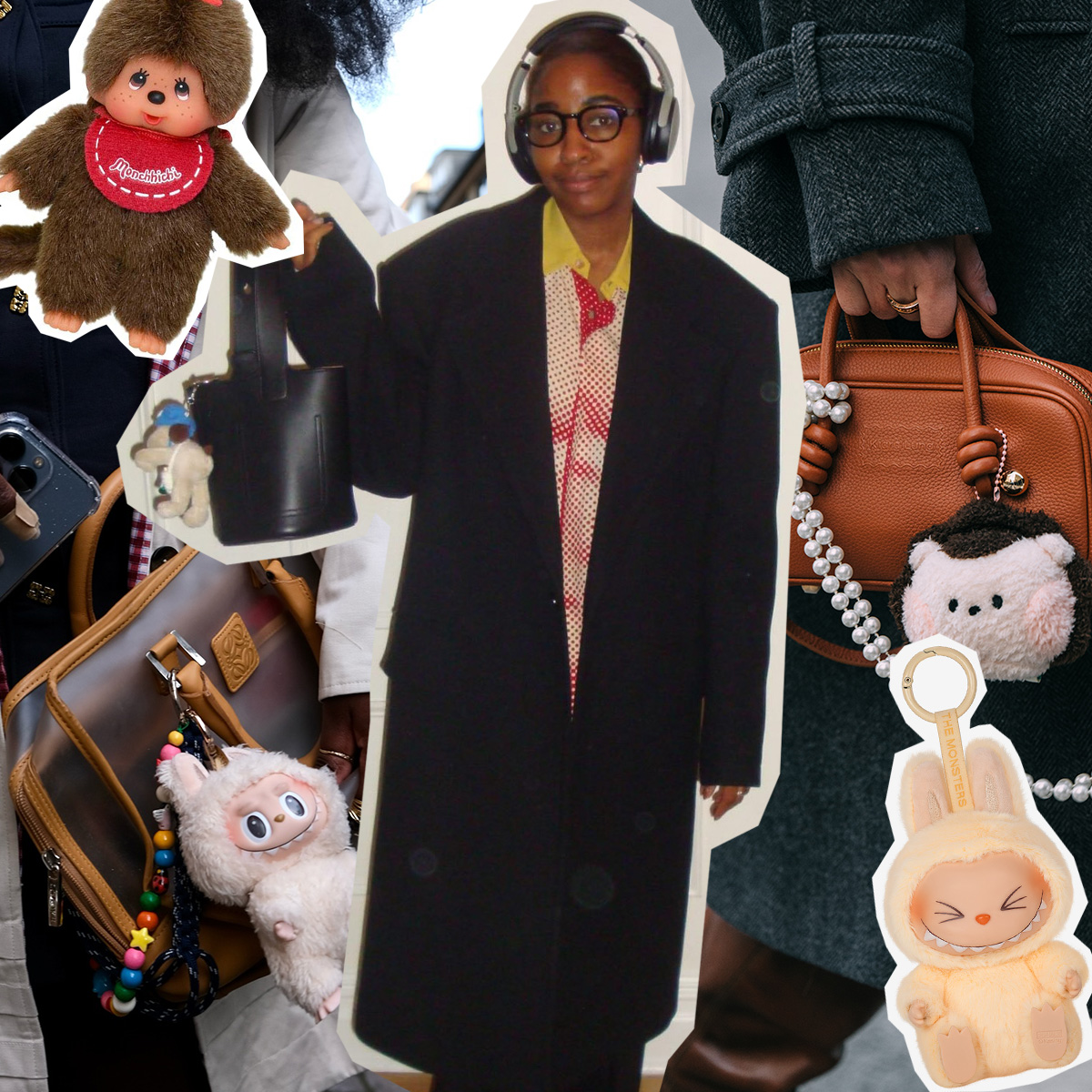 This Just In: Plushies Are the Freakier Trend Gen Z Is Dumping Bag Charms For
This Just In: Plushies Are the Freakier Trend Gen Z Is Dumping Bag Charms ForHot take: I'm obsessed.
By Ana Escalante
-
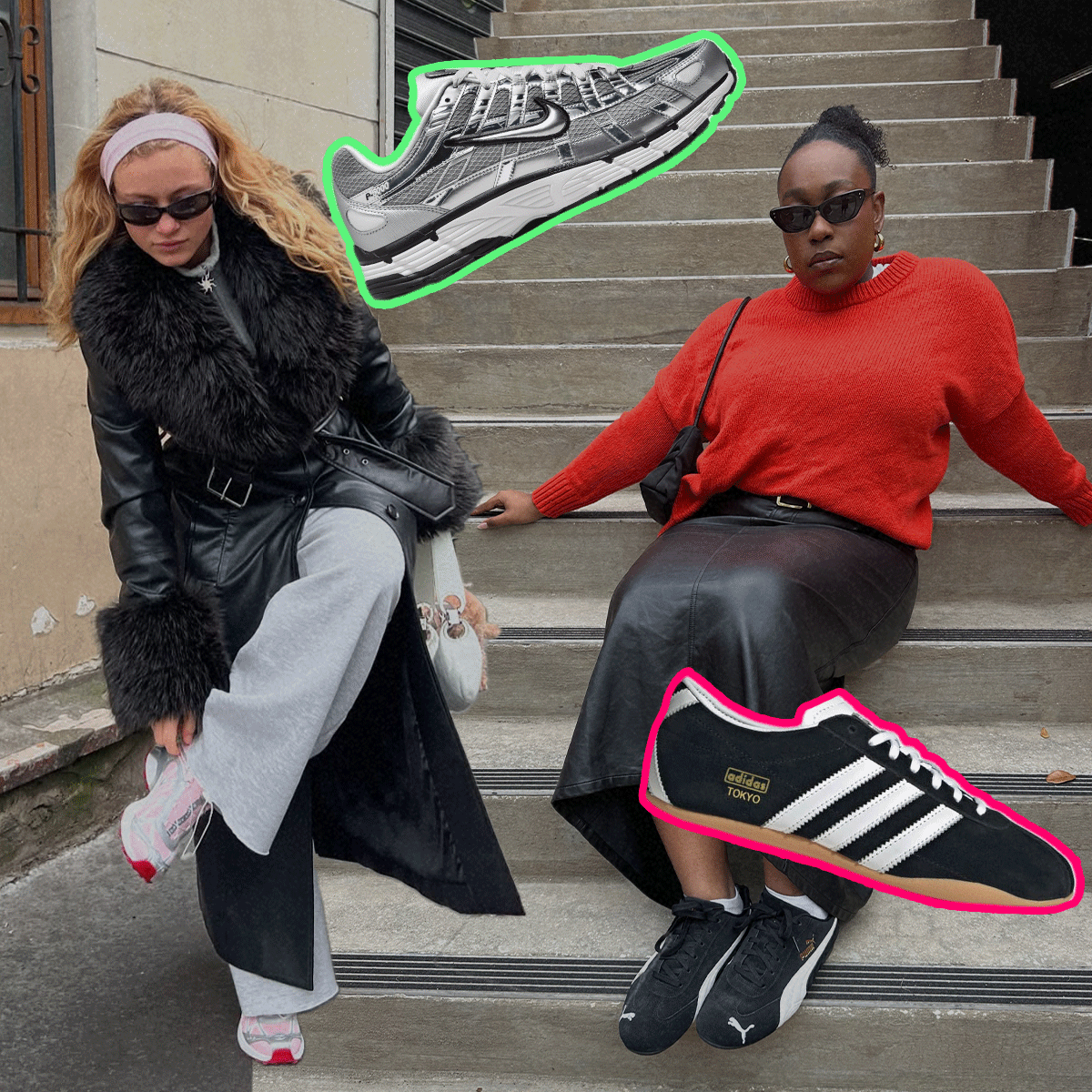 No Offense to Sambas, But Gen Z Is Crowning These 5 Styles the It Sneakers of 2025
No Offense to Sambas, But Gen Z Is Crowning These 5 Styles the It Sneakers of 2025These shoes are meant for walking.
By Ana Escalante
-
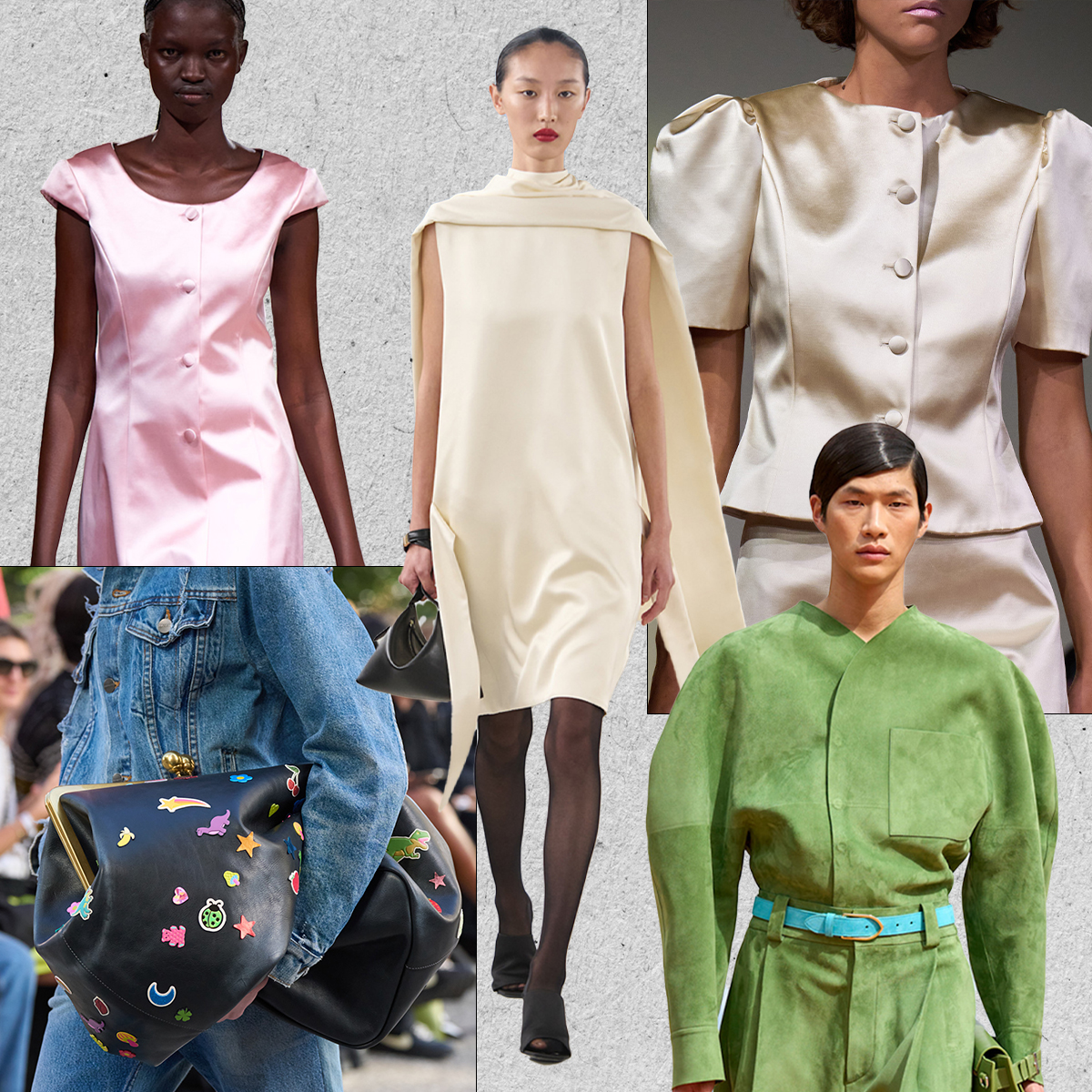 New Year, New Me: 6 Trends Gen Z Is Adopting First in 2025
New Year, New Me: 6 Trends Gen Z Is Adopting First in 2025Here's what they're saving, loving, and buying this year.
By Ana Escalante
-
 Emma Chamberlain's Closet Clean-Out Is Inspiring My Minimalist Era—5 Finds I'd Steal
Emma Chamberlain's Closet Clean-Out Is Inspiring My Minimalist Era—5 Finds I'd StealThe queen has spoken.
By Ana Escalante
-
 The Unassuming Luxury Item Gen Z Is Investing In Next Year
The Unassuming Luxury Item Gen Z Is Investing In Next YearGet ready for a whole new you in 2025.
By Ana Escalante
